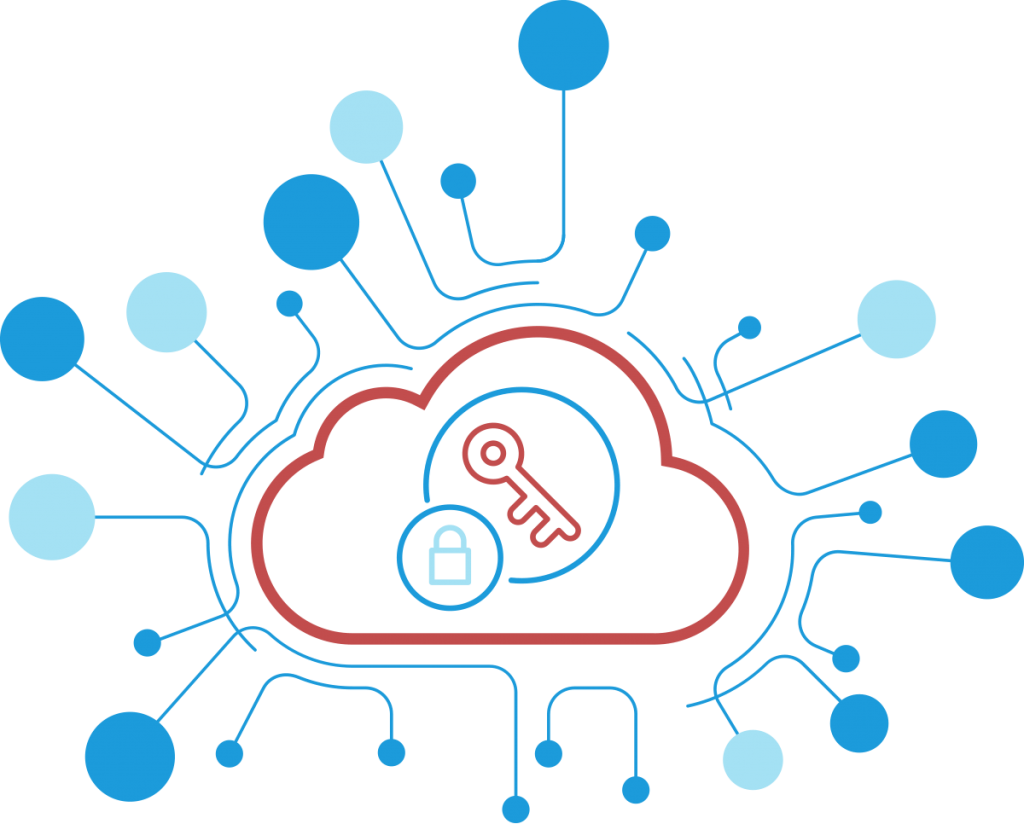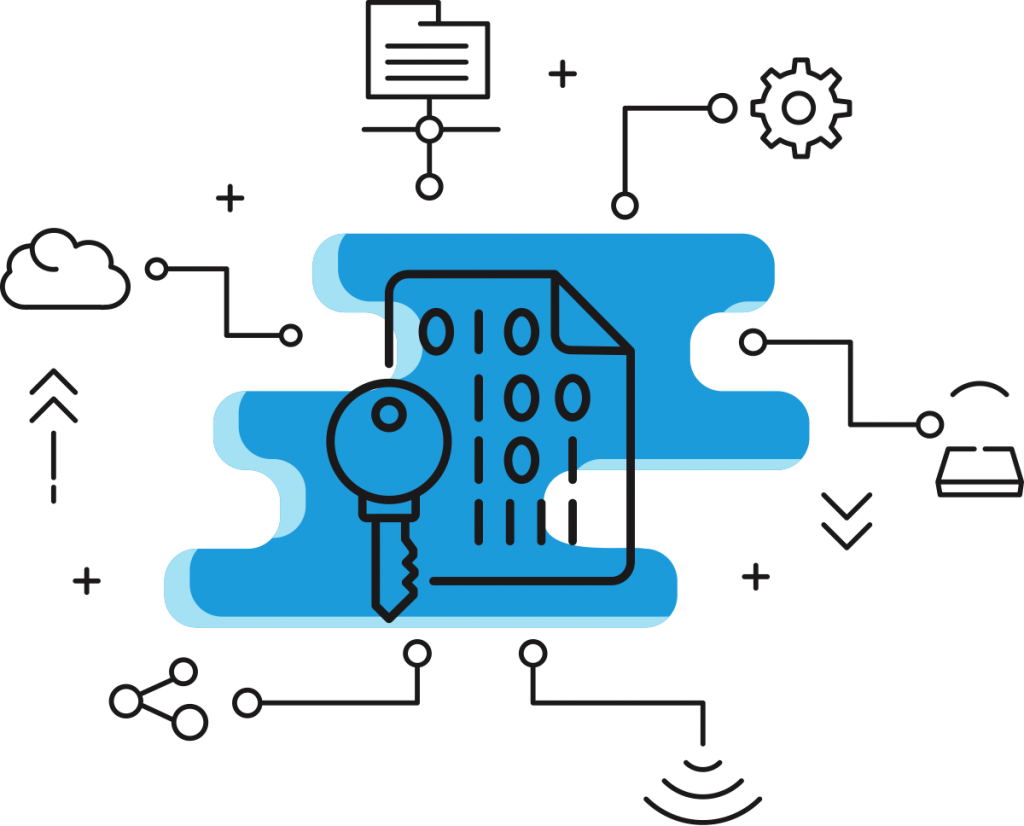Secret Security
Cloud Secret Management
Access to applications, services, critical infrastructures, and other sensitive data within the organization can be acquired with secret information. Our Cloud Secret Management solution can be used on CI/CD tools, on Kubernetes-based platforms (e.g. Openshift, Anthos, Vanilla Kubernetes, Tanzu, Google Kubernetes Engine (GKE), Managed Kubernetes Service (AKS), AWS Elastic Kubernetes Service (EKS), etc.) located on Public or Private cloud. ), Container, Docker, etc.), perform application authentication using K8S-centric information such as Namespace, Deployment, DeploymentConfig, ServiceAccount, StatefulSet, and Pod, perform an authorization check according to security policies and policies, and then securely deploy the relevant secret information. It also provides a detailed Role Based Access Control (RBAC) to strictly control and secure access to critical secret information.


Legacy Secret Management
Even legacy environments other than cloud environments use many secrets to perform required processes . Our Secret Management solution centrally stores highly sensitive passwords in the vault, allowing secure transmission, logging and management of secret information, sensitive information in scripts and secret information embedded in configuration files, whether or not applications using middleware (e.g. WebSphere, WebLogic IIS, Tomcat, JBoss, etc.) located on Windows or *unix servers. Authentication of applications is achieved through a combination of information such as hash code, IP information, OS user, certificate, file directory, etc.